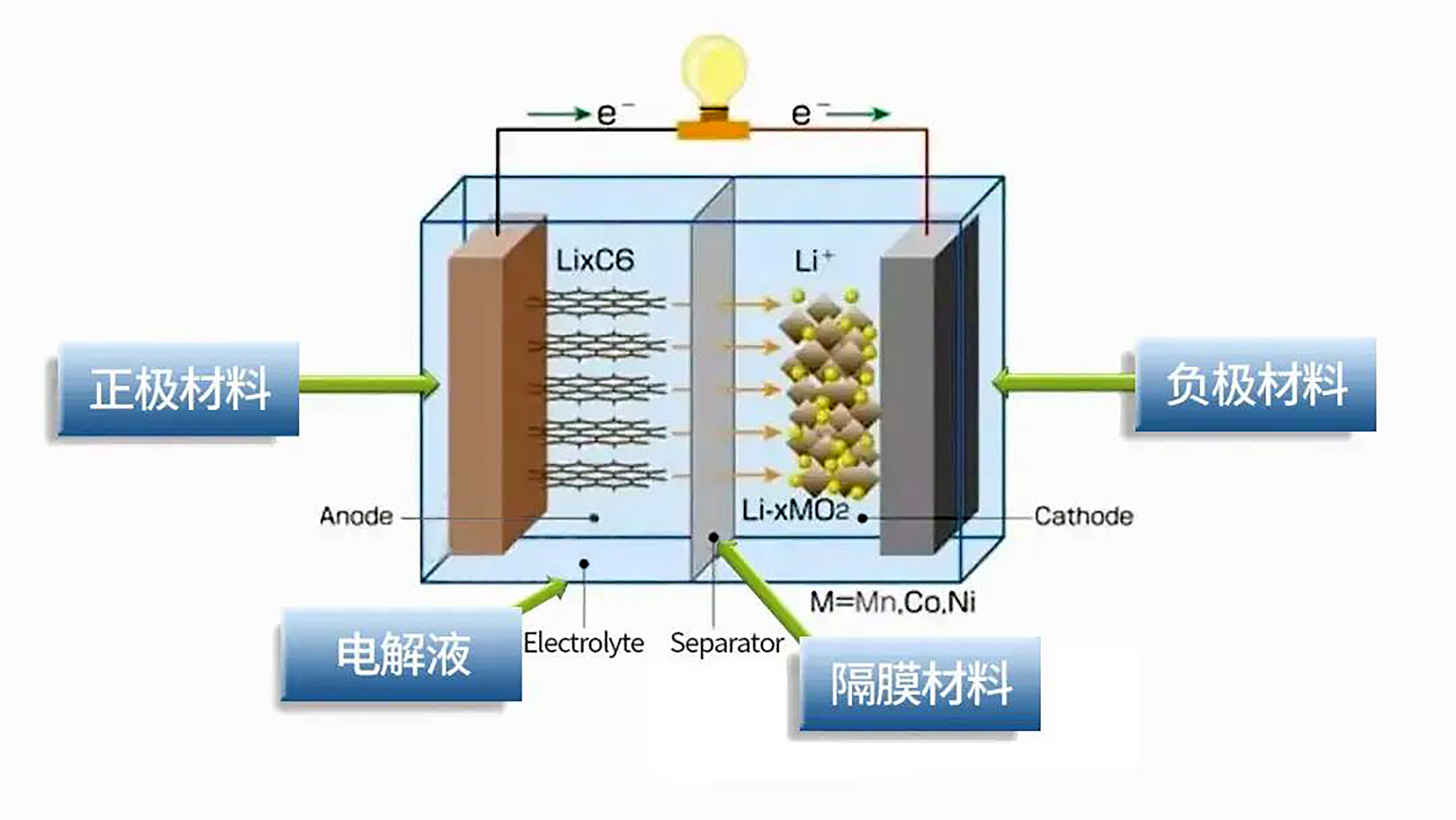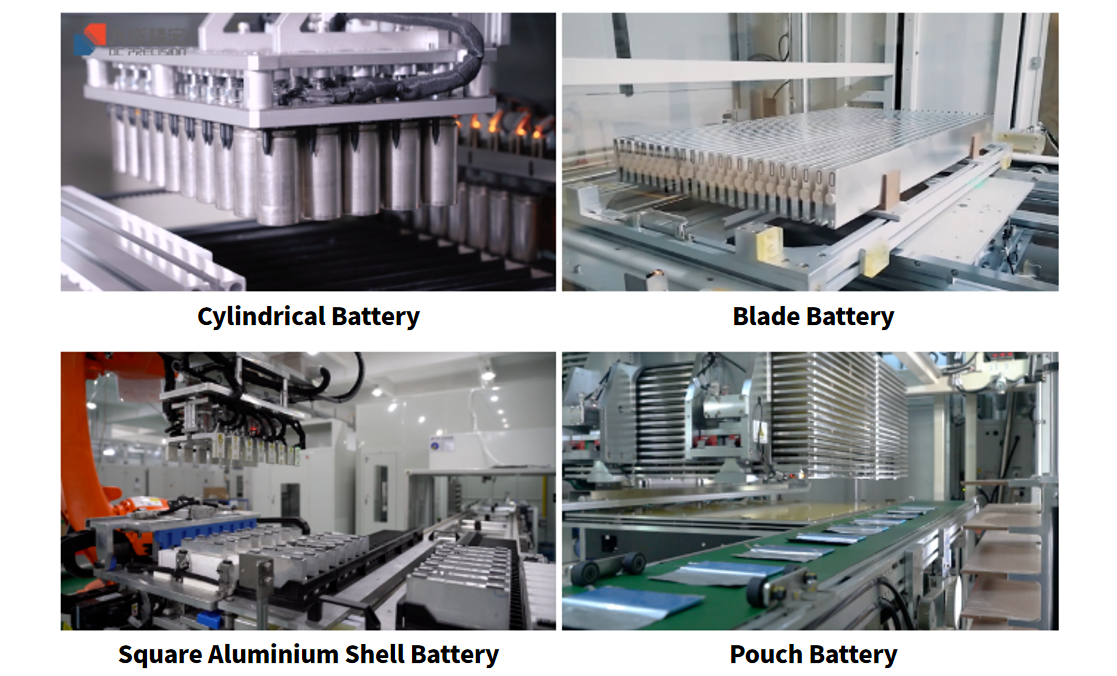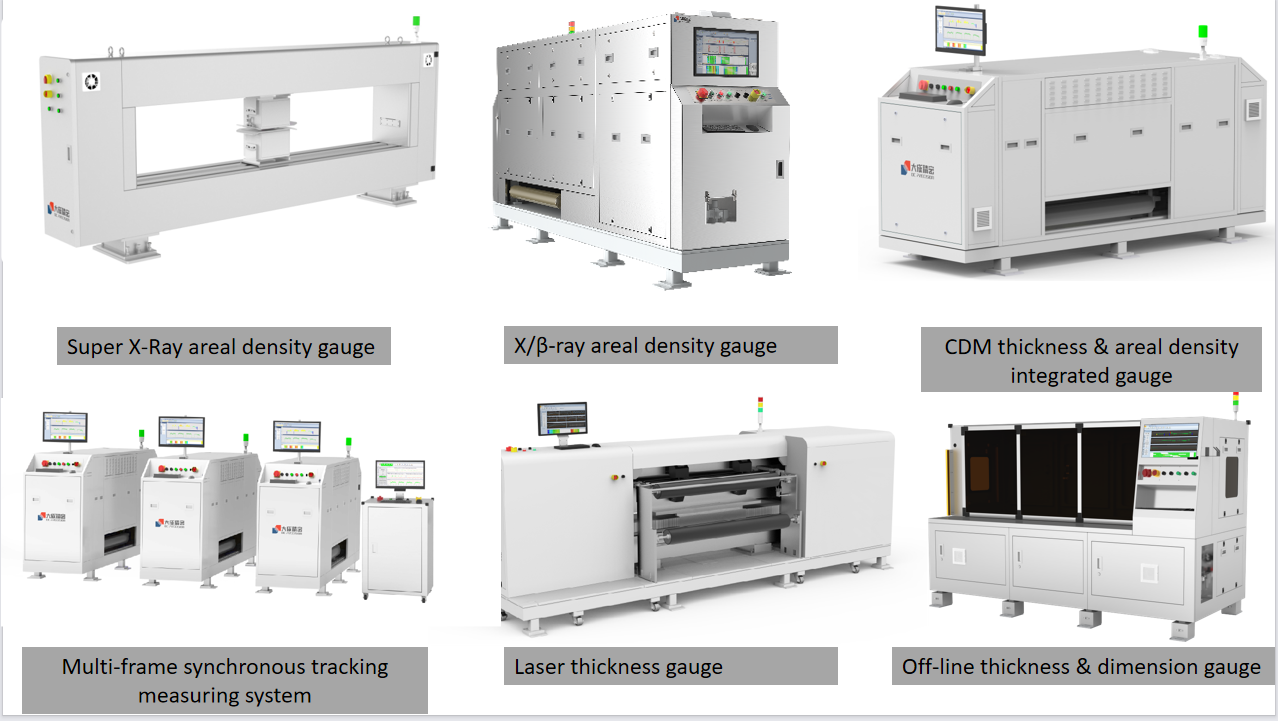ithium-ion batteries have a wide range of applications. According to the classification of application areas, it can be divided into battery for energy storage, power battery and battery for consumer electronics.
- Battery for energy storage covers communication energy storage, power energy storage, distributed energy systems, etc.;
- Power battery are mainly used in the field of power, serving the market including new energy vehicles, electric forklifts, etc.;
- Battery for consumer electronics covers the consumer and industrial field, including smart metering, intelligent security, intelligent transportation, Internet of Things, etc.
Lithium-ion battery is a complex system, mainly composed of anode, cathode, electrolyte, separator, current collector, binder, conductive agent and so on, involving reactions including electrochemical reaction of anode and cathode, lithium ion conduction and electronic conduction, as well as heat diffusion.
The production process of lithium batteries is relatively long, and more than 50 processes are involved in the process.
Lithium batteries can be divided into cylindrical batteries, square aluminium shell batteries, pouch batteries and blade batteries according to the form. There are some differences in their production process, but overall the lithium battery manufacturing process can be divided into the front-end process (electrode manufacturing), middle-stage process (cell synthesis), and back-end process (formation and packaging).
The front-end process of lithium battery manufacturing will be introduced in this article.
The production goal of front-end process is to complete the manufacture of electrode (anode and cathode). Its main process include: slurrying/mixing, coating, calendering, slitting, and die cutting.
Slurrying/Mixing
Slurrying/mixing is to mix the solid battery materials of anode and cathode evenly and then add solvent to make slurry. Slurry mixing is the starting point of front end of line, and is the prelude to the completion of subsequent coating, calendering and other processes.
Lithium battery slurry is divided into positive electrode slurry and negative electrode slurry. Put active substances, conductive carbon, thickener, binder, additive, solvent, etc. into the mixer in proportion, By mixing, get uniform dispersion of solid-liquid suspension slurry for coating.
High-quality mixing is the basis for high-quality completion of the subsequent process, which will directly or indirectly affect the safety performance and electrochemical performance of battery.
Coating
Coating is the process of coating the positive active material and negative active material on aluminium and copper foils respectively, and combining them with conductive agents and binder to form electrode sheet. The solvents are then removed by drying in the oven so that the solid substance is bonded to the substrate to make positive and negative electrode sheet coil.
Cathode and anode coating
Cathode materials: There are three types of materials: laminated structure, spinel structure and olivine structure, corresponding to ternary materials (and lithium cobaltate), lithium manganate (LiMn2O4) and lithium iron phosphate (LiFePO4) respectively.
Anode materials: Currently, the anode materials used in commercial lithium-ion battery mainly include carbon materials and non-carbon materials. Among them, carbon materials include graphite anode, which is the most used at present, and disordered carbon anode, hard carbon, soft carbon, etc.; non-carbon materials include silicon-based anode, lithium titanate (LTO) and so on.
As the core link of front-end process, the execution quality of coating process profoundly affects the consistency, safety and life cycle of the finished battery.
Calendering
The coated electrode is further compacted by roller, so that the active substance and the collector are in close contact with each other, reducing the movement distance of electrons, lowering the thickness of electrode, increasing the loading capacity. At the same time, it can lower the internal resistance of the battery, increase the conductivity, and improve the volume utilisation rate of battery so as to increase the battery capacity.
The flatness of electrode after calendering process will directly affect the effect of subsequent slitting process. The uniformity of the active substance of electrode will also indirectly affect cell performance.
Slitting
Slitting is the continuous longitudinal cutting of a wide electrode coil into narrow slices of required width. In slitting, the electrode encounters shear action and breaks down, The edge flatness after slitting (no burr and flexing) is the key to examining the performance.
The process of making electrode includes welding electrode tab, applying protective adhesive paper, wrapping the electrode tab and using laser to cut the electrode tab for the subsequent winding process. Die-cutting is to stamp and shape the coated electrode for subsequent process.
Due to the high requirements for lithium-ion batteries safety performance, the accuracy, stability and automation of equipment are highly demanded in the lithium battery manufacturing process.
As a leader in lithium electrode measurement equipment, Dacheng Precision has launched a series of products for electrode measurement in the front-end process of lithium battery manufacturing, such as X/β-ray areal density gauge, CDM thickness and areal density gauge, laser thickness gauge and so on.
- Super X-Ray areal density gauge
It is adaptable to the measurement of over 1600 mm width of coating, supports ultra-high-speed scanning, and detects detailed features such as thinning areas, scratches, and ceramic edges. It can help with closed-loop coating.
- X/β-ray areal density gauge
It is used in the battery electrode coating process and the separator ceramic coating process to conduct online testing of areal density of the measured object.
- CDM thickness & areal density gauge
It can be applied to the coating process: online detection of detailed features of electrodes, such as missed coating, material shortage, scratches, thickness contours of thinning areas, AT9 thickness detection, etc.;
- Multi-frame synchronous tracking measuring system
It is used for coating process of cathode and anode of lithium batteries. It uses multiple scanning frames to perform synchronous tracking measurements on the electrodes. Five-frame synchronous tracking measuring system is able to inspection wet film, net coating amount, and electrode.
- Laser thickness gauge
It is used to detect the electrode in the coating process or calendering process of lithium batteries.
- Off-line thickness & dimension gauge
It is used to detect the thickness and dimension of electrodes in the coating process or calendering process of lithium batteries, which improves the efficiency and consistency.
Post time: Aug-31-2023








